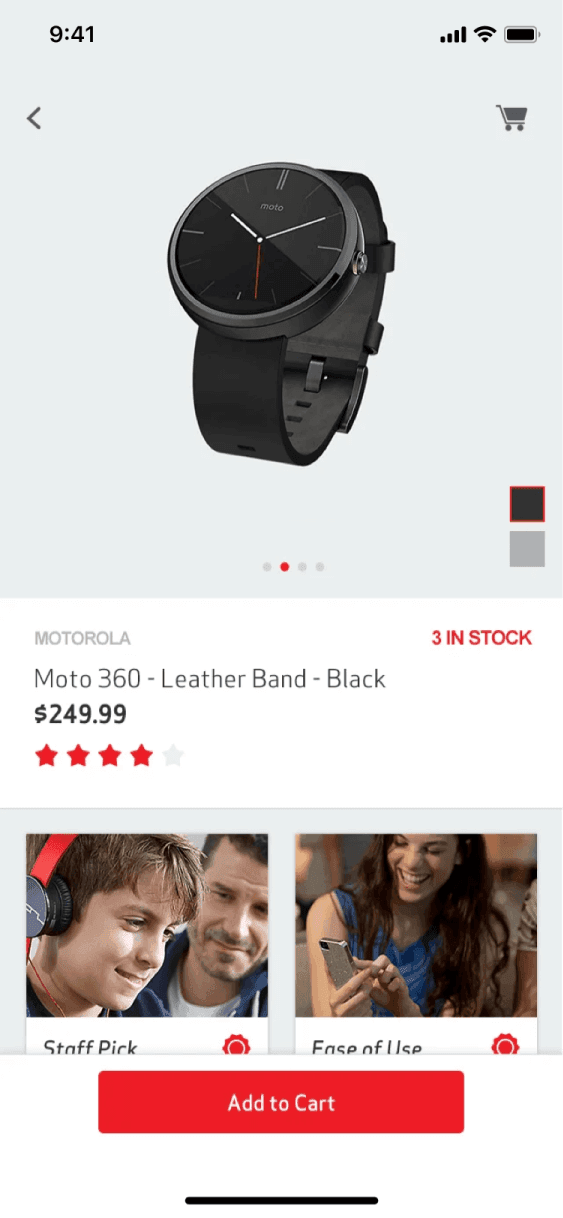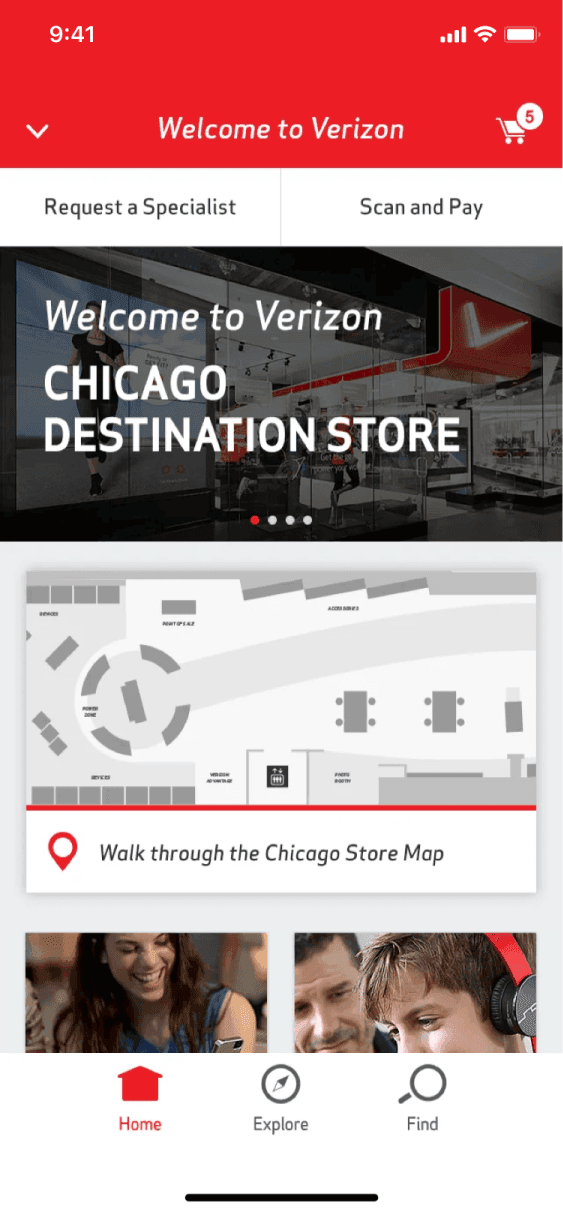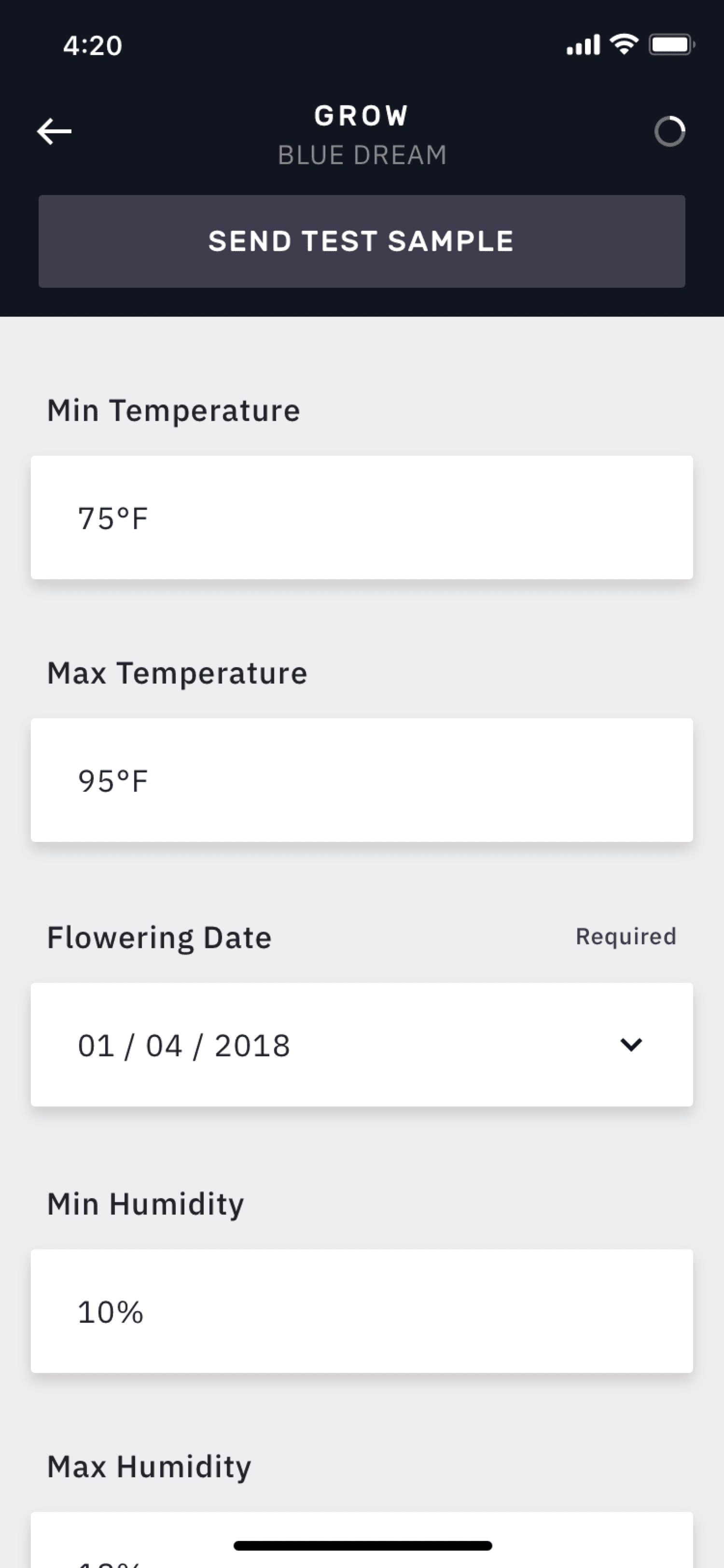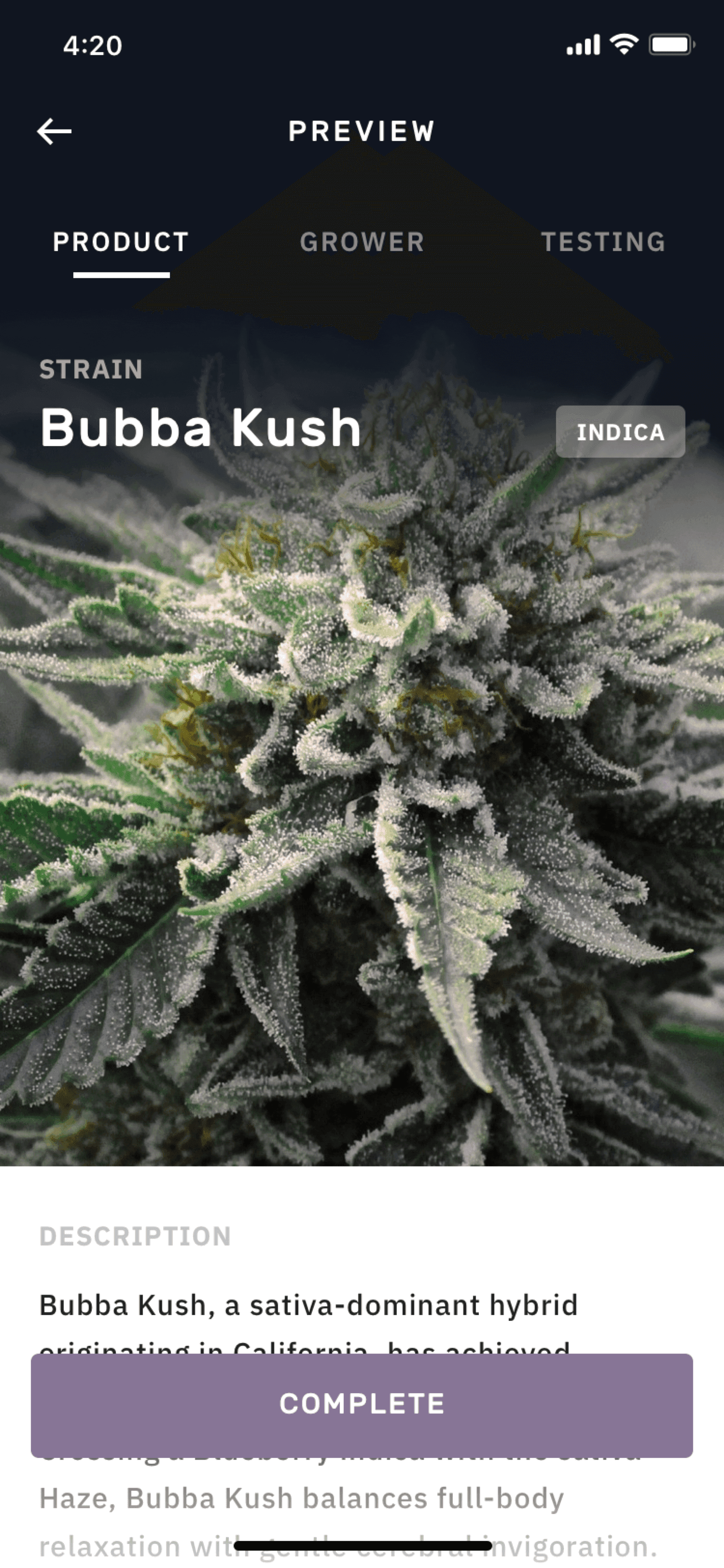The modern cellular marketplace is one of the most innovative and fasting growing markets in the world today. However, when you think of the terms, apps, mobile, store and other variables that revolve around it, it can be hard to fathom how the pieces all come together. Successfully optimizing your app store releases is the key difference between success and failure. It’s very easy for a very good app to get lost among the several thousand others available. Here is a brief overview on how to optimize your apps and how apps, mobile, and store all fit together in a successful marketing strategy.
How To Do App Store Optimization
App Store Optimization Concepts
The core idea of app store optimization is increasing your app’s visibility. You do this by showing up early in customer search results. Much like with desktop search engines, if you’re not on the first page of results your visibility drops sharply. Visibility means more customers view your product which in turn leads to more downloads and purchases; as noted by Google most apps are installed after they are discovered in search engines. To make sure your app is showing up properly requires careful study and review of keywords and related factors.
Apps, Mobile, Store and Keywords
With thousands of apps on most mobile marketplaces you have to stand out. Keywords are how you make a search engine take notice of your app. First and foremost the most common keyword that describes your app should be a part of its title. Research for common search terms before finalizing on a name because changing it later can negatively affect branding. Remaining keywords should be used in the product description and overall terminology. These keywords differ for every product type and target market. Also be sure to continue your research after your app is released. This allows you to update keywords based on your target market’s search habits to assure you keep a high position in search results.

Timeframe
Data in the modern era increases exponentially and the internet is ever-evolving at a vicious pace. Building up a successful app store optimization plan takes time. Often you’ll have to adjust and tweak your keywords and the related app description as time goes on. This can be due to keeping up with your target market or simply adjustments due to your keyword choices not being the best ones to use. Optimizing keywords can take time and go through a few revisions. It’s very rare that the first set you use will be the most optimal. This means that you’ll always have to keep your head up for tide shifts in trends as well as the slightest pebbles that wash up on your app shore. Remember, while your time is important and the results even more so. Apps that are clumsily thrown onto an app marketplace can have their sales greatly reduced due to no effort being put forth in optimizing results. Carefully track your sales ranking and respond as needed when competition arises.
Other Factors
Downloads: While you can’t control this, a high number of downloads can be a very effective marketing tool. If your app is a celebrity then its download count is its level of fame. However, there’s no notoriety in racking in abundances of downloads. It should never be shamed, only shown off. Be sure to highlight download total milestones in your product description to entice potential customers with its popularity.
Reviews: While even harder to control, high ratings are a definite plus. When we scroll through Amazon or eBay for product quality and seller reliability, we almost always look for how many of the 5 stars are filled in with yellow. The next step in further investigation would be to read accounts of buyers who have purchased the product or from the seller. The number of downloads might be enough to attract some, but only positive ratings (usually out of 5 or 10) and generous reviews can seal the lid for others. To that end, be sure to subtly encourage your buyers to rate and/or review. However, don’t beg or become invasive.

Marketing
While drawing your customers to your product is key, making the sale raises the priority bar. First off, make sure the description reads well and explains your app and its functions. While keywords should be carefully used they should not obscure nor damage readability. Make sure your app’s icon is unique and catches the eye. Once you show up in search results you have to catch the customer’s attention as they quickly scroll through the results. Make your screenshots count. Show common usage situations and tell a ‘story’ to your customers about how people use your app. This puts them mentally in the position of already owning it and enjoying its benefits. Some of the most effective commercials make viewers experience product integrity in their own hands before it’s even within their grasp. That way a bond of intimacy is created before they even pay for it. You may also wish to include a short video further personalizing your app and what it offers a potential owner.
Conclusion
As you can see apps, mobile, and store all fit together into a unique consumer marketplace. An app store optimization plan covers several key elements. Chief among these is proper use of keywords in both your app title and description to leverage search engine results. Other factors such as download count and customer reviews can also be used as marketing tools. However, you do not have direct control over them. A proper app store optimization plan requires careful upkeep as keyword popularity can change and competitors can enter the market.
By keeping keywords current and focused on your target market, it assures that you’ll stay on top of the search results. Lastly, the art of the sale should never be overlooked. Once you have successfully shown up in a search engine you need to call customers to you and market your product. A striking icon, well written description, screenshots, and video footage can all help you achieve this goal.




